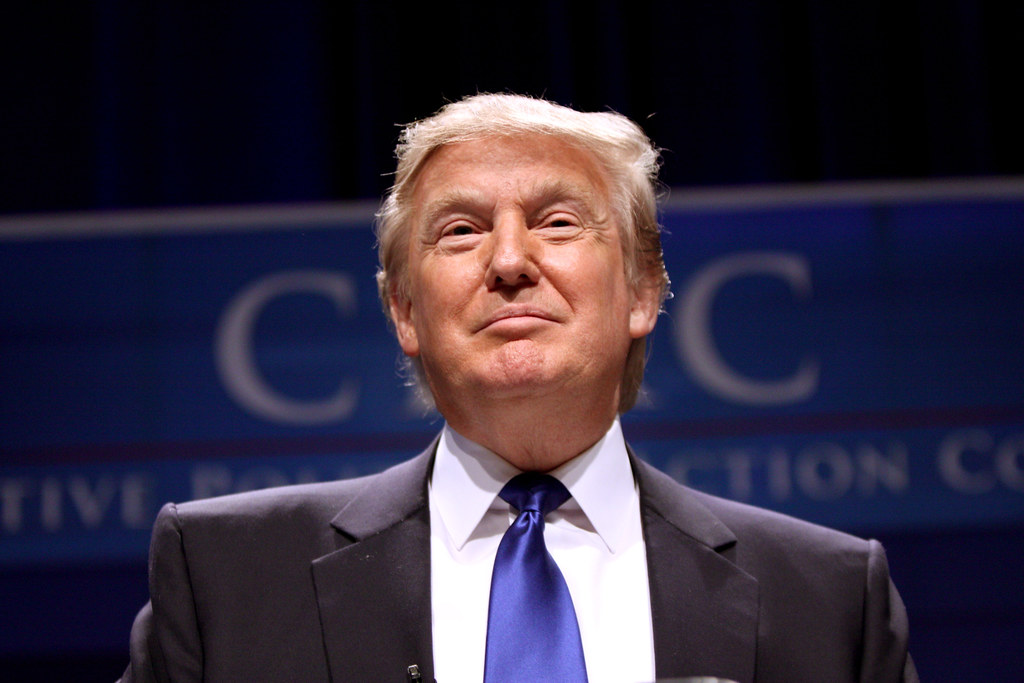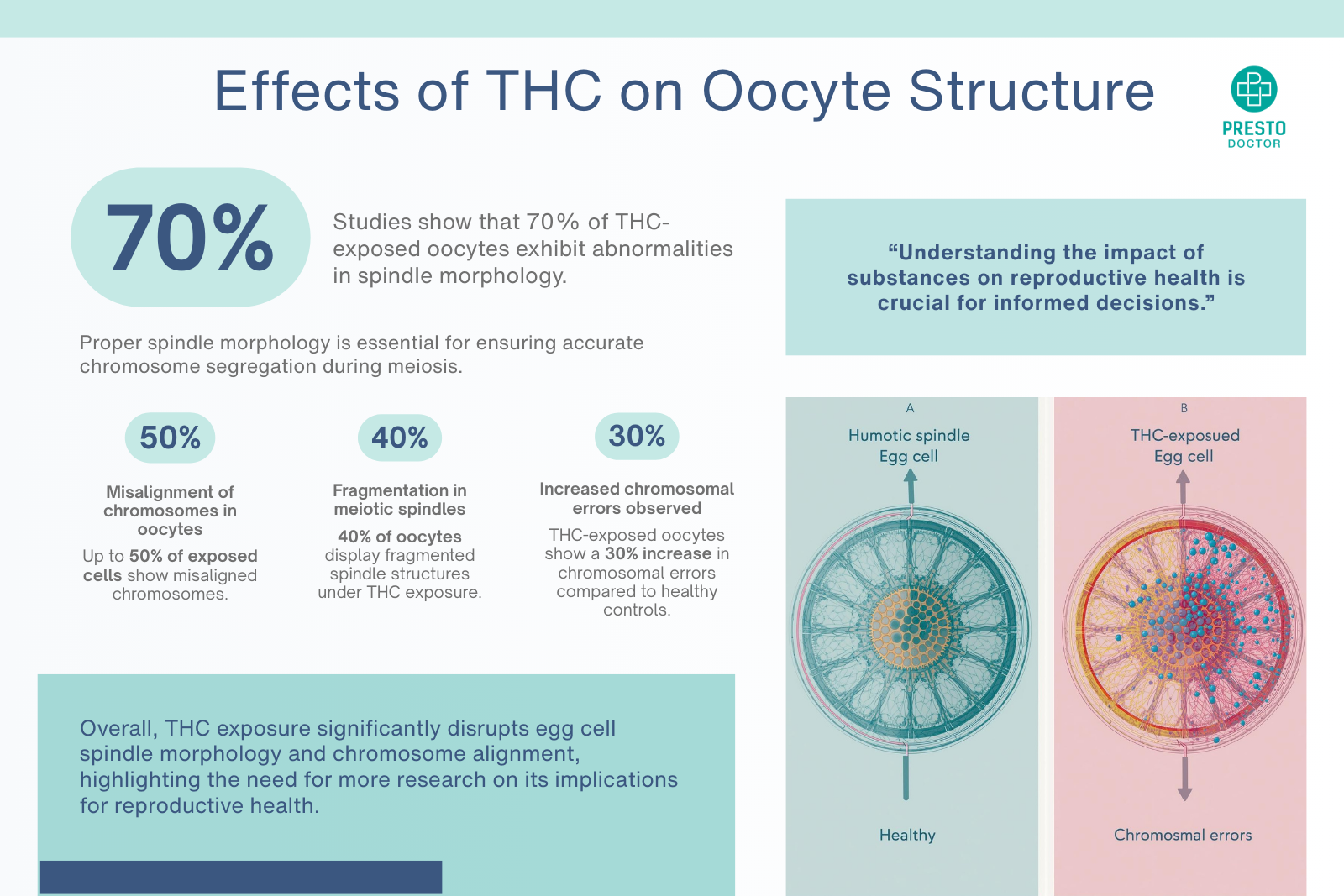
As Indigenous Peoples’ Month is celebrated, it is important to acknowledge and honor the contributions, cultures, and history of indigenous communities around the world. This month provides an opportunity to learn about their unique perspectives, traditions, and ways of life. One aspect of indigenous culture that has gained attention in recent years is the historical use of cannabis. Indigenous communities have a rich history of utilizing this plant for various purposes, including medicinal, spiritual, and cultural uses. Exploring the indigenous peoples’ relationship with cannabis can help us appreciate their knowledge and traditions while promoting a more inclusive and respectful approach to its use today.
Celebrating Indigenous People’s Month
Indigenous People’s Month is a time to honor and celebrate the diverse indigenous cultures and peoples from around the world. It is a time to recognize their contributions to society, their resilience in the face of adversity, and their unique perspectives and knowledge.
During this month, communities come together to share their traditions, stories, art, music, and history. It is an opportunity to learn from indigenous voices and gain a deeper understanding of their heritage. Celebrations may include cultural festivals, educational events, exhibitions, storytelling, and various forms of artistic expression.
By celebrating Indigenous People’s Month, we can foster greater appreciation and respect for indigenous cultures and promote a more inclusive and equitable society.
Exploring Indigenous Peoples’ Use of Cannabis
Indigenous peoples around the world have a long history of using cannabis for various purposes. This plant has been highly significant in their traditions, rituals, and daily lives for centuries.
Medicinal Purposes
In many indigenous cultures, cannabis has been a tool for medicinal purposes. It has been known to alleviate pain, reduce inflammation, and treat various ailments. The plant’s healing properties have been passed down through generations. Native’s apply cannabis it in a multitude of preparations, such as brewing it into tea or creating a root decoction. It was a tool not only as a stimulant and psychological aid but also as a remedy for various ailments. Additionally, dogbane, also known as hemp, possessed vasoconstrictive and diuretic properties. They learned to administer it through tea or poultices to address issues like heart palpitations, eye diseases, and headaches. Furthermore, the Chickasaw and Choctaw tribes chewed the fresh root and ingested the juice as a curative measure for syphilis.
Spiritual & Ceremonial
Cannabis has also played a significant role in the spiritual and ceremonial practices of indigenous communities. The plant has been used to induce visions, promote introspection, and connect with the spiritual realm. Native’s often accompany its use with prayers, rituals, and ceremonies deeply rooted in ancient traditions. Sacred pipes, often referred to as peace pipes, occasionally contained cannabis to heighten the profound visions encountered in unique ceremonies. Smoking from sacred pipes not only facilitated communication with divine entities but also served as a form of offering to the Divine. People regarded these pipes as living entities, and the names they assigned to them symbolized their significance. Personal testimonies from certain Native Americans have narrated cannabis in sacred rituals, emphasizing its role as a channel for meditation and a conduit to the spiritual realm.
Practical Uses
Furthermore, cannabis was a tool for practical purposes such as making textiles, rope, and other useful items. Indigenous peoples have recognized the plant’s versatility and have found ways to incorporate it into their everyday lives.
Exploring and respecting indigenous peoples’ traditional use of cannabis helps us appreciate their unique perspectives and rich cultural heritage. It also highlights the importance of preserving and protecting their indigenous knowledge and practices.
Indigenous People & Cannabis Regulation
Indigenous Communities Thoughts On Cannabis
Cannabis serves various roles within Indigenous communities, with a diverse spectrum of acceptance. In both historical and contemporary contexts, its applications among Indigenous groups vary significantly. For example, the Lakota tribe historically utilized cannabis plant sap for wart removal. Now, they hold reservations about recreational cannabis use today. Similarly, the Dakota tribe and Cherokee Nation maintain a stance against the use of cannabis, both medicinal and recreational purposes.
According to legend, cannabis was introduced to Earth by enigmatic entities known as the “Star People.” These otherworldly beings not only populated our planet but also believed that cannabis played a crucial role in human survival. In certain Mexican tribes, cannabis is revered as a sacred gift, attributed to either Rosa Maria or Santa Rosa, and is perceived as an Earth deity that resides within the heart of God. This rich cultural perspective underscores the diverse beliefs and practices surrounding cannabis within Indigenous communities.
Leading the Way in Cannabis Regulation
Indigenous communities have also been leading the way in implementing innovative and inclusive approaches to cannabis regulation. By drawing upon their traditional knowledge and values, they are able to develop sustainable and culturally sensitive practices.
Some tribes have established partnerships with universities and research institutions to study the medicinal benefits and cultural significance of cannabis within their communities. This research not only helps to dispel stereotypes and misconceptions but also provides valuable insights into indigenous perspectives on cannabis use.
Furthermore, Indigenous communities have been actively working towards creating opportunities for education, job training, and entrepreneurship in the cannabis industry. By doing so, they are not only addressing economic disparities but also paving the way for a more equitable and inclusive cannabis industry.
In conclusion, Indigenous communities are seizing the opportunity presented by cannabis legalization to not only participate in the industry but also safeguard their cultural heritage and promote economic self-sufficiency. By taking a proactive approach to regulation and drawing upon their traditional knowledge, they are leading the way in creating a more inclusive and sustainable cannabis industry. Celebrating Indigenous People’s Month provides a platform to recognize and appreciate the unique contributions that Indigenous communities make in this evolving landscape.[8]
Indigenous People’s & Cannabis History Conclusion
Indigenous communities have been leading the way in implementing innovative and inclusive approaches to cannabis regulation. Drawing upon their traditional knowledge and values, they have developed sustainable and culturally sensitive practices. Some tribes have even established partnerships with universities and research institutions to study the medicinal benefits and cultural significance of cannabis within their communities, dispelling stereotypes and providing valuable insights. Additionally, these communities actively work towards creating education, job training, and entrepreneurship opportunities in the cannabis industry, addressing economic disparities and fostering a more equitable and inclusive sector.
In conclusion, Indigenous communities are seizing the opportunity presented by cannabis legalization to not only participate in the industry but also safeguard their cultural heritage and promote economic self-sufficiency. They are leading the way in creating a more inclusive and sustainable cannabis industry. Celebrating Indigenous People’s Month provides a platform to recognize and appreciate the unique contributions that Indigenous communities make in this evolving landscape. [10][11][12]






